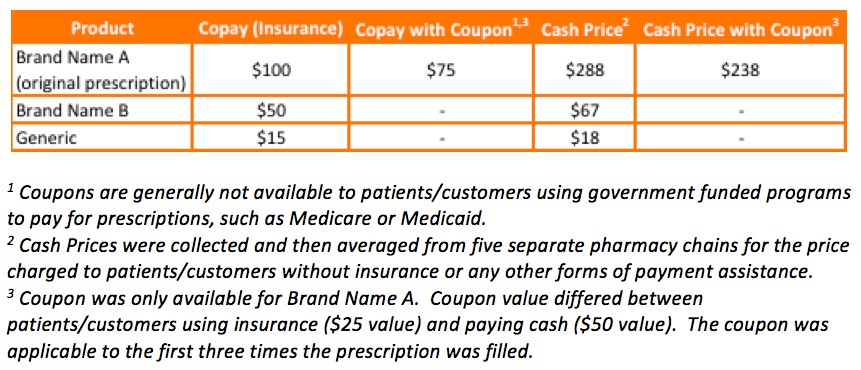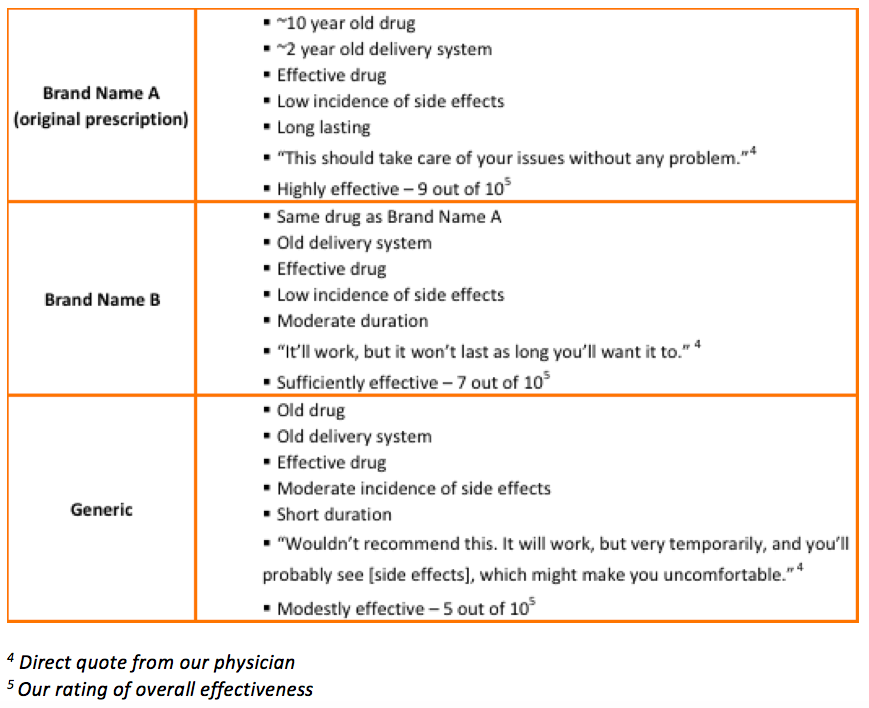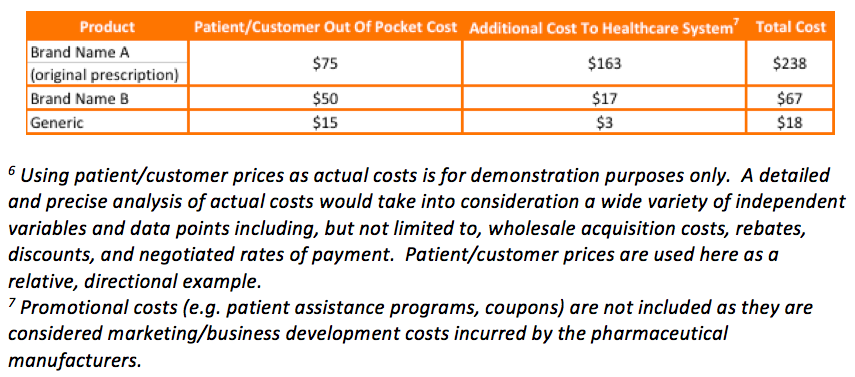A Real-Life Story Of Prescription Value
This story won’t tug on your heart strings or well up a tear in your eye (unless you’re a healthcare industry insider). This story will expose some amazing revelations about the decisions made daily by millions of patient-customers when choosing to fill their prescriptions. This story is about the relatively average patient-customer experience of trying to fill a typical prescription. This story is also personal. It’s about my wife.
In December, my wife was having some issues with mild asthma. Off to see our family physician. Out of the office with a prescription. Over to the pharmacy. $100 copay. Suffering a bit of sticker shock, she didn’t purchase the medication. Instead, knowing her husband is a healthcare industry insider, she came home and wanted to talk about her prescription options. She wasn’t convinced she needed to pay $100 for an inhaler. Here’s where it gets interesting.
At the pharmacy, the pharmacist suggested to my wife some potential alternatives to what was originally prescribed, pending her physician’s approval, of course. Back at home, we looked up the copays for each alternative. We also looked up cash prices and available patient assistance programs (coupons) offered by pharmaceutical manufacturers.
Here’s what we found when we researched pricing.

Armed with the financial information, now we had to understand the difference in how these three medications would actually work. Were there significant enough differences in effectiveness, duration, and/or side effects to make spending the extra money worth it, or were the overall outcomes similar enough between these medications to make spending the extra money a waste?
In an attempt to find out, we gave our physician a call. Being a down to earth and patient-customer oriented person, he indulged us with his time and answered our questions.
Here’s what we learned when we asked our physician about effectiveness.

Quick note on generic drugs: Generic drugs are highly effective and a great alternative to brand name drugs in many situations. This conversation isn’t about comparing clinical efficacy of generic drugs against brand name drugs. This conversation is about value.
Time to make a decision. Which prescription to fill? Before we answered the question, a terrific conversation broke out about what we learned during this process.
Here’s what jumped out at us during our conversation.
- All the drugs were described as “effective”. The duration of the medication’s effectiveness appeared to be the biggest difference, followed by the incidence of side effects.
- There was a direct correlation between our overall effectiveness rating and our cost.
- No one in this situation (neither us nor any of the healthcare professionals involved) seemed to consider the overall cost of the prescription to the healthcare system. The only time cost was discussed was in context of what we would be paying out of our pocket.
Before we arrive at our story’s conclusion (with a surprise twist at the end), let’s explore these observations.
In the beginning of the conversation, my wife assumed the cost would be related to the innovation, and probably newness, of the drug itself. She did not consider the delivery mechanism as a source of innovation (and cost), but it surely was. Remember, both Brand Name products contained the same drug. As it turns out, the duration of the drug’s effect, a direct result of an innovation in how the drug was delivered, would be the deciding factor in filling this prescription.
Out of pocket cost and perceived effectiveness were directly correlated. Someone did the market research. The pricing was spot on and the value propositions were clear. A compelling argument for each product within its own market position was clear for each of the three competitive choices. It was a text book business case!
What about the overall cost of the prescription to the healthcare system? We didn’t consider it. Neither did anyone else involved in this situation. Maybe we should have been more responsible citizens – doing our small part to help solve one of today’s most pressing social and political issues. In that moment, we were looking for a solution to our problem, not to the system’s problems. It was our lesson learned for next time, and it’s a lesson shared so you might consider it for your next time, too.
Here’s what we discovered about the total cost to the healthcare system.6

Ready for the surprise twist? Which prescription did my wife take home and how much did she pay for it?
Brand Name A – and she didn’t pay a thing!
Our family physician gave her a sample. It’s working great and, when she runs out, she’ll probably pay to have it filled again because it completely resolved her issue. No side effects, worked as expected, lasted as long as needed. The first one was free and the next several would only be a few dollars more than the competition because of the patient assistance program.
A worthwhile investment made by the pharmaceutical manufacturer secured a happy, healthy, and loyal patient-customer. It’s a smart business move, even if consumer satisfaction cost our insurance company almost 10 times more than a sufficient alternative.
